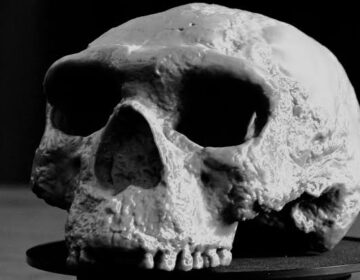Ten years after the first detection of gravitational waves, scientists have captured the clearest signal and it confirms one of Stephen Hawking’s most famous predictions.
Using the upgraded LIGO detectors, researchers observed two black holes colliding over a billion light-years away, producing space-time ripples so precise they could “hear” the black holes ring like cosmic bells.
On September 14, 2015, scientists detected a faint but extraordinary signal that had traveled across the cosmos for about 1.3 billion years before reaching Earth.
It came from two distant black holes that had spiraled together and merged, releasing ripples in space-time known as gravitational waves. These ripples, first predicted by Albert Einstein a century earlier, were not made of light but were distortions in the very fabric of space itself.
On that day, the twin instruments of the Laser Interferometer Gravitational-Wave Observatory recorded the first confirmed detection of gravitational waves. After six months of careful analysis and verification, the LIGO and Virgo collaborations announced the historic discovery in February 2016.
This groundbreaking observation opened an entirely new way to study the universe. Until then, astronomers had relied on light in its many forms—X-rays, visible light, radio waves—and on high-energy particles such as cosmic rays and neutrinos to explore the cosmos.
For the first time, scientists could now observe cosmic events through their gravitational effects on space-time itself.
Today, LIGO’s twin observatories in Hanford, Washington, and Livingston, Louisiana, work in unison with the Virgo detector in Italy and KAGRA in Japan. Together, this global network, known as LVK (LIGO, Virgo, KAGRA), detects roughly one black hole merger every three days.
So far, the collaboration has identified more than 300 mergers, with most confirmed and others still under review.
The rapid increase in detections stems from major upgrades to the instruments, including advances in quantum precision engineering. These detectors are the most sensitive measurement devices ever built.
The gravitational waves they capture cause distortions in space-time so small that LIGO and Virgo must measure changes less than one ten-thousandth the width of a proton. That is about 700 trillion times thinner than a human hair.







